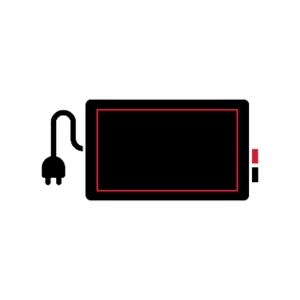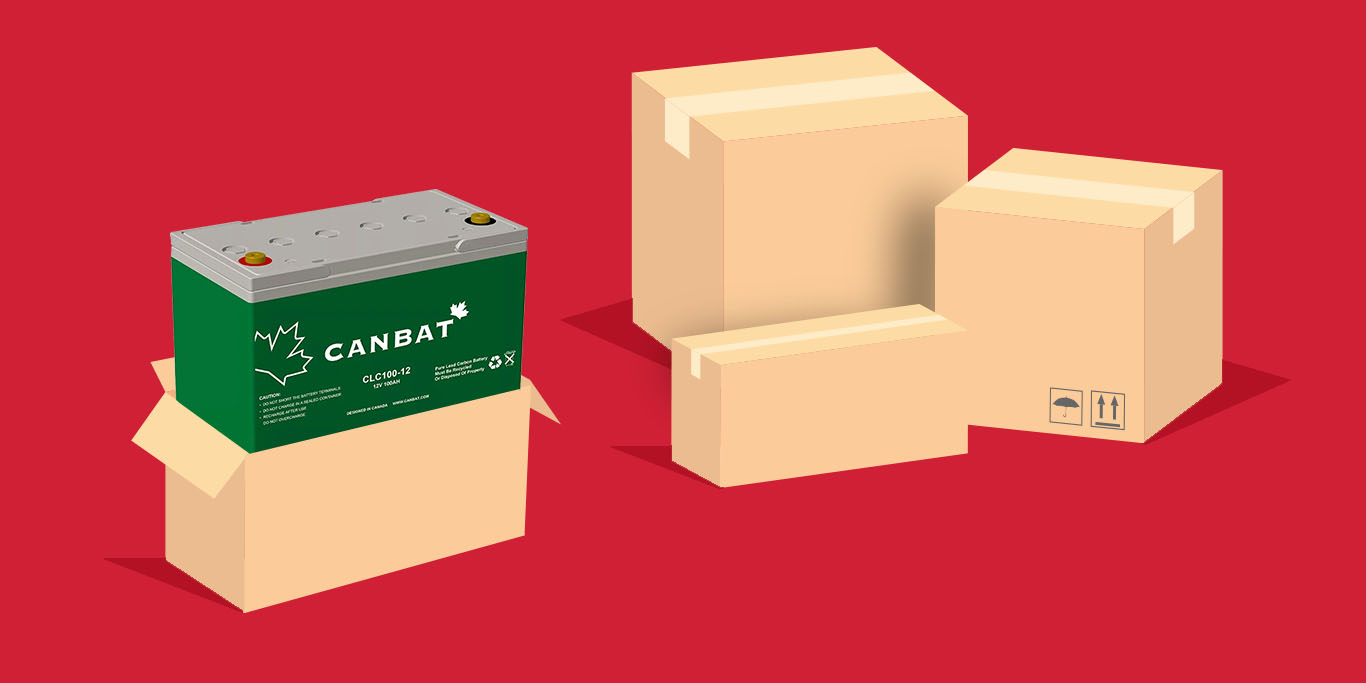Canbat lead-carbon batteries are developed for deep cycle applications and provide more than three times the number of cycles compared to traditional AGM batteries. It is critical to learn how to care for your batteries while they are in storage so that they last as long as possible. This may be done during the off-season or after your summer excursions are over.
Storing Canbat Lead Carbon Batteries
If you want your batteries to last and operate at their best, you must learn how to properly store them while not in use. Because battery cells are prone to self-discharge and disintegration after prolonged inactivity, you need also know how to recharge your stored batteries. Knowing how to properly store your batteries helps to reduce water infiltration and temperature variations, extending the life of your lead carbon battery.
How to store lead carbon batteries?
The proper storage of your lead carbon batteries is critical to extending their life. When storing a lead carbon battery, two aspects must be taken into account: temperature and storage period. Here’s what you should know:
- Recommended storage temperature: 15 – 20 °C (59 – 68 °F)
- Allowable Temperature Range: -20 to 50 °C (-4 to 122 °F)
The table below shows the discharge percentage after 6 months of storing our lead carbon batteries at different temperatures:
| Temperature | From Full Charge |
|---|---|
| 0°C | 98% |
| 25°C | 93% |
| 40°C | 69% |
| 60°C | 43% |
Storage Recommendations for a lead carbon Battery:
- Charge the battery fully before storing.
- Store the battery at or below room temperature.
- Do not leave the battery in its application during storage.
- Charge it up every six months
- Do not allow the battery to deeply discharge.
- Set the correct float voltage to avoid sulfation & corrosion.
Signs of improper lead carbon storage:
- The battery terminals are corroded and the battery looks to be in bad shape.
- The lights are flickering or dim during battery use.
- The equipment or application is not responding to user actions.
- The battery is dead and does not read a voltage.
BEFORE USING THE BATTERIES AGAIN…
When you are ready to use your batteries again after storage, there are two methods for charging a stored sealed lead carbon battery: topping charge and equalizing charge. A topping charge is accomplished by fully charging the lead carbon battery, disconnecting it from the charger for 24-48 hours, and then charging it again. The procedure must be done multiple times in order to determine the battery’s complete discharge and recharge capacity.
An equalizing charge is another method for powering a stationary lead carbon battery. An equalizing charge is also known as forced overcharge, which is when the battery is kept charged for an hour or two after it has reached a full charge state. This technique has the potential to eliminate sulfation from the battery, which is most likely created during low-charge circumstances while the battery is idle.
If you have any queries regarding how to store your lead carbon batteries, please contact us by phone or email at support@canbat.com. We also provide 24/7 chat support to guarantee that we are there when you need us. Our battery specialists in Canada are always delighted to assist!


















I wish I had known about you before I purchased my Firefly carbon batteries. Now bankrupt.